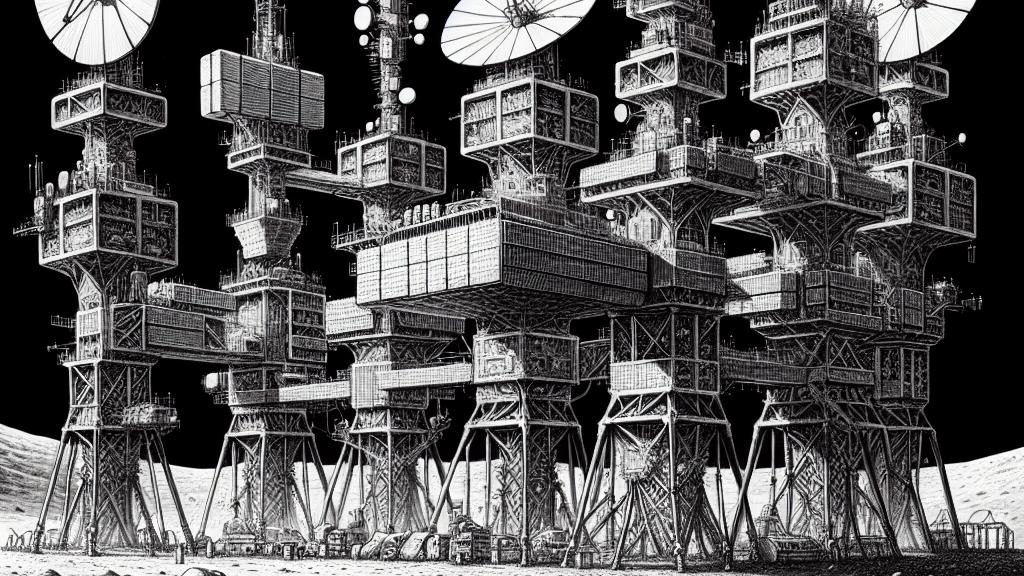Exploring Optimal Materials for Lunar Towers
Overview
- Lunar towers are vital for creating sustainable lunar habitats.
- Researchers are investigating innovative materials like COROTUB and CTM.
- Effective design, especially with supporting cables, enhances stability.

The Critical Need for Lunar Towers
The race to establish a human presence on the Moon is intensifying, driven by nations like the United States and China. At the heart of this ambitious effort lies the construction of lunar towers, which are not just structures but essential frameworks for supporting ongoing activities. Picture these towers equipped with state-of-the-art solar panels providing power to lunar bases and communication arrays enabling contact with Earth. This vivid image underscores the monumental importance of identifying robust materials that can withstand the moon's unique environment. Thus, the exploration of advanced building materials is critical, as it influences the success of future lunar missions.
Innovative Materials Under Scrutiny
Recent studies led by North Carolina State University and NASA's Langley Research Center have spotlighted two cutting-edge materials for lunar tower construction: the unforeseen potential of the corrugated rollable tubular boom (COROTUB) and the versatile collapsible tubular mast (CTM). COROTUB is particularly remarkable as it can unfold from a compact form into a substantial structure, similar to an origami masterpiece. This capability allows it to support larger payloads, making it a prime candidate for future lunar installations. Meanwhile, CTM, with its design reminiscent of a roll of tape, delivers simplicity while providing a reliable support mechanism. Each material exhibits unique advantages, and their performance in the low-gravity environment of the moon promises exciting possibilities for construction technology.
Emphasizing the Importance of Structural Support
While selecting the ideal material is crucial, the engineering of the supporting structure warrants equal attention. Research shows that towers equipped with additional support cables do much better overall—imagine a blooming sunflower that stands tall thanks to strong cables resisting any gravitational forces. This innovative design not only prevents slouching but also enables the towers to handle variable loads effortlessly. Engineers utilize advanced methods, like the Rayleigh-Ritz technique, to analyze these structures, tailoring their calculations to the moon's minimal gravity and extreme temperature fluctuations. Moreover, exciting projects such as Honeybee Robotics' LUNARSABER are pushing the envelope by creating even taller and more resilient lunar towers, a clear indication that the quest for advanced lunar infrastructure is gaining momentum. With more organizations hopping on board, the future of lunar exploration holds endless possibilities!

Loading...